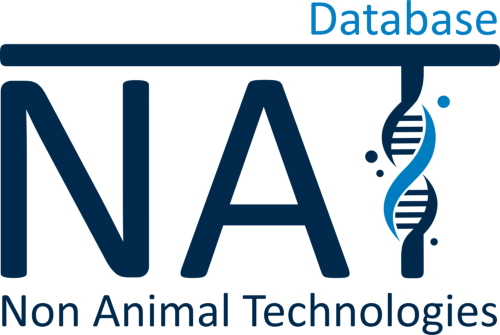Highly efficient gene editing in human cell lines
November 2021
Hannover Medical School, Hannover, Germany
This study investigates the influence of the design of prime editing guide RNA (pegRNA) and different transfection protocols on CRISPR prime-editing, which is a novel variant of the CRISPR/Cas9 method (known as the so-called genetic scissor) allowing for targeted gene editing. In order to obtain a fast read-out, a novel fluorescence reporter system was developed, which allows for the estimation of gene correction and defective editing. Human kidney cells (HEK293) and human induced pluripotent stem cells (hiPSC) were used to compare and optimize protocols for editing and transfection.
Finally, the developed protocol was used for rapid and efficient editing of amyotrophic lateral sclerosis (ALS)-associated mutation in a gene of patient-derived hiPSC.
The system can be used in disease modelling by employing patient-derived parental cells and syngenic gene-corrected cells, and can thereby e.g. help to better understand the biological mechanisms associated with rare hereditary mutations.
A selectable all‑in‑one CRISPR prime editing piggyBac transposon allows for highly efficient gene editing in human cell lines
Tobias Cantz, Reto Eggenschwiler
Added on: 08-24-2022
[1] https://www.nature.com/articles/s41598-021-01689-2





